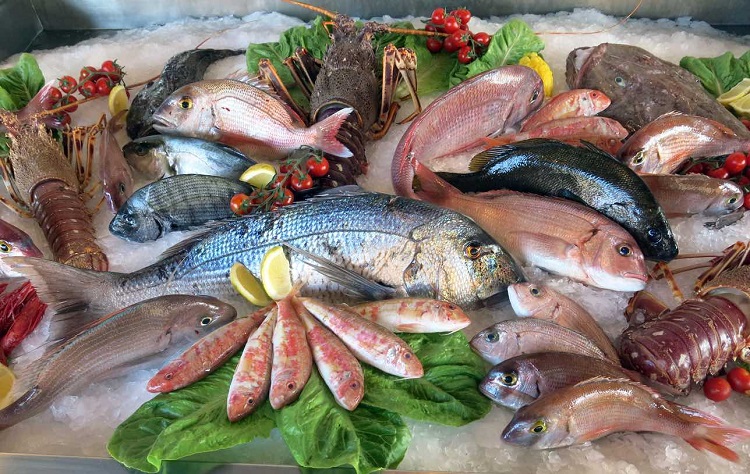Researchers Are Devising A Way To Track How Fish Moves From The Water To The Plate
Researchers are devising a way to track and measure how fish, being one of the world's most-traded commodities, moves from the water to the plate within a country. Read on for details:

Washington: Researchers are devising a way to track and measure how fish, being one of the world's most-traded commodities, moves from the water to the plate within a country.
A group led by scientists at Michigan State University (MSU) have devised a way to track and measure the true picture of how one of the world's most-traded commodities moves from the water to the plate within a country. Their findings in Nature Food about sub-Saharan Africa revealed surprising gaps in the traditional supply-and-demand analysis of fish and opens opportunities to get the right fish to those who need it most.
And the innovations they deployed, they say, can be useful anywhere.
"We know that all fish aren't created equal in terms of containing the right nutrition for certain people in certain circumstances," said co-author Abigail Bennett, assistant professor at MSU. "Effective policy needs new data that that reveals how variation in the supply, price, and form of fish in different places throughout a country shapes who can access that fish, with special attention to people who are poor and vulnerable to malnourishment."
Existing data on food-production">food production indicate food-supply">food supply, but not whether food reaches those who need it. Meanwhile, consumption data describe who ultimately ends up accessing food, but not where it came from or how it reached them. The group bridged that gap by looking at how fish moves across space through value chains after it is harvested and at household demographics.
Also Read |
Health: Milk alternatives like oats, soya are not nutritionally equivalent to cow’s milk, says study
They studied in Malawi in sub-Saharan Africa, looking at the trips two freshwater fish -- small sardine-like usipa and medium-sized chambo, a variety of tilapia -- took to end up at peoples' tables, which meant understanding why fish ended up at certain markets, and whether people could afford them.
The little usipa is the bigger catch, both in volume and dollar value. It's affordable, often sun-dried and consumed whole. Chambo is usually eaten fresh and is pricier.
The team, led by co-author Park Muhonda when he was a postdoctoral researcher at MSU, surveyed more than 900 people throughout the fish food journey. He now is at Oregon State University.
The group found that usipa is distributed much more widely than chambo -- available in 72 or the 79 markets surveyed across Malawi -- while chambo was available in only 16 of those markets, which skewed to urban areas. Usipa also packs more nutritional punch than chambo, being higher in protein, vitamins, and minerals critical to nursing women and their children.
Also Read |
Health Update: 5 nutrient rich low calorie foods
But the group found that policies were championing the fancier chambo.
"While most fisheries policy in Malawi has previously focused on the larger high-value tilapia species, these results indicate the need for a shift in policy focus towards the small pelagic species to better support food security and nutrition," said co-author Edith Gondwe, an MSU PhD student in fisheries and wildlife.
The work in "Spatial analysis of aquatic food access can inform nutrition-sensitive policy," which revealed disconnects between policy and need, can help guide policy beyond Malawi.
"Our work on spatial analysis of fish in Malawi goes beyond Malawi and fish food systems," said master's student Emma Rice. "Most countries, including the United States, face food and nutrition security issues in different forms and contexts. This approach of spatial analysis of food systems could be adopted in any context to understand what types of food flow to which populations and through what mechanisms." (ANI)
 Dynamite News
Dynamite News 